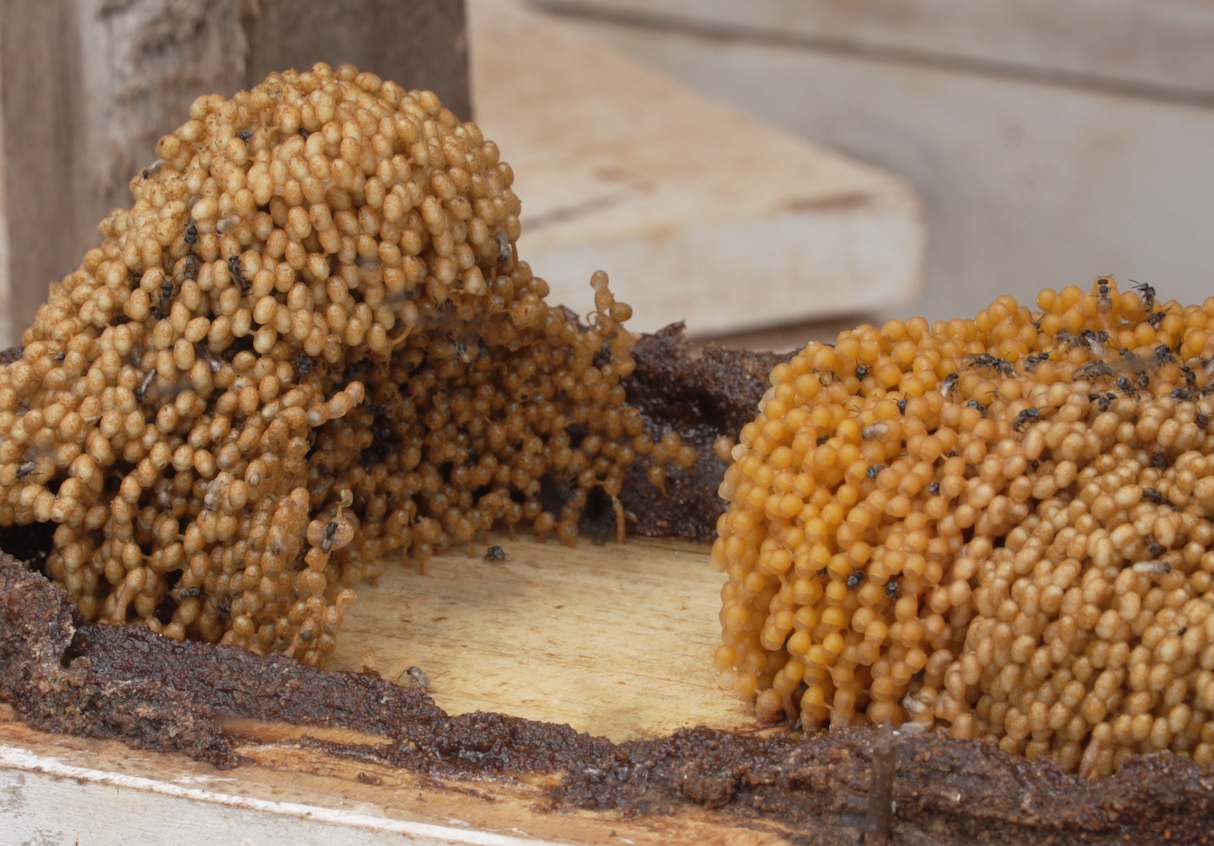
Study reveals that giraffes are four species, not just one
Apparently there are four distinct species of giraffe, not just one as long believed, a genetic research published in the journal Current Biology on the world’s tallest land animal has revealed.
Scientists on Thursday unveiled a comprehensive genetic analysis of giraffes using DNA from 190 of the towering herbivores from across their range in Africa, with two of them at alarmingly low population levels.
The genetic data showed that four separate species of giraffes that do not interbreed in the wild inhabit various parts of the continent, Reuters reports.



“We were extremely surprised,” said conservationist Julian Fennessy, co-director of the Namibia-based Giraffe Conservation Foundation.
The differences beyond genetics include body shape, coloration and coat patterns.
Genetic differences among the four species were comparable to those between polar bears and brown bears, said geneticist Axel Janke of the Senckenberg Biodiversity and Climate Research Centre and Goethe University in Germany.
Until now, scientists had recognized a single species, with the scientific name Giraffa camelopardalis.
The study identified the four separate species as: the southern giraffe (Giraffa giraffa), with a population of 52,000; the Masai giraffe (Giraffa tippelskirchi), with 32,500; the reticulated giraffe (Giraffa reticulata), with 8,700; and the northern giraffe (Giraffa camelopardalis), with 4,750.
“The conservation implications are immense and our findings will hopefully help put giraffe conservation on the map,” Fennessy said.
Although giraffe population has declined dramatically over the past three decades from more than 150,000 to fewer than 100,000, the animal is not listed as endangered.
But the low population levels of the northern giraffe and reticulated giraffe make them some of the world’s most endangered large mammals and of high conservation importance, Fennessy said.
Giraffes stand up to about 18 feet (5.5 meters) tall, with long necks and legs, sloped back and two to five short knobs called ossicones atop the head. They have a tan, white or yellowish coat blotched with brownish patches.
They roam the savannas of central, eastern and southern Africa, as far north as Chad, south to South Africa, east to Somalia and west to Niger.
Fennessy said the biggest threats to the giraffe include habitat destruction due to human population growth as well as poaching for bush meat, their tail hair and “medicinal” parts.






